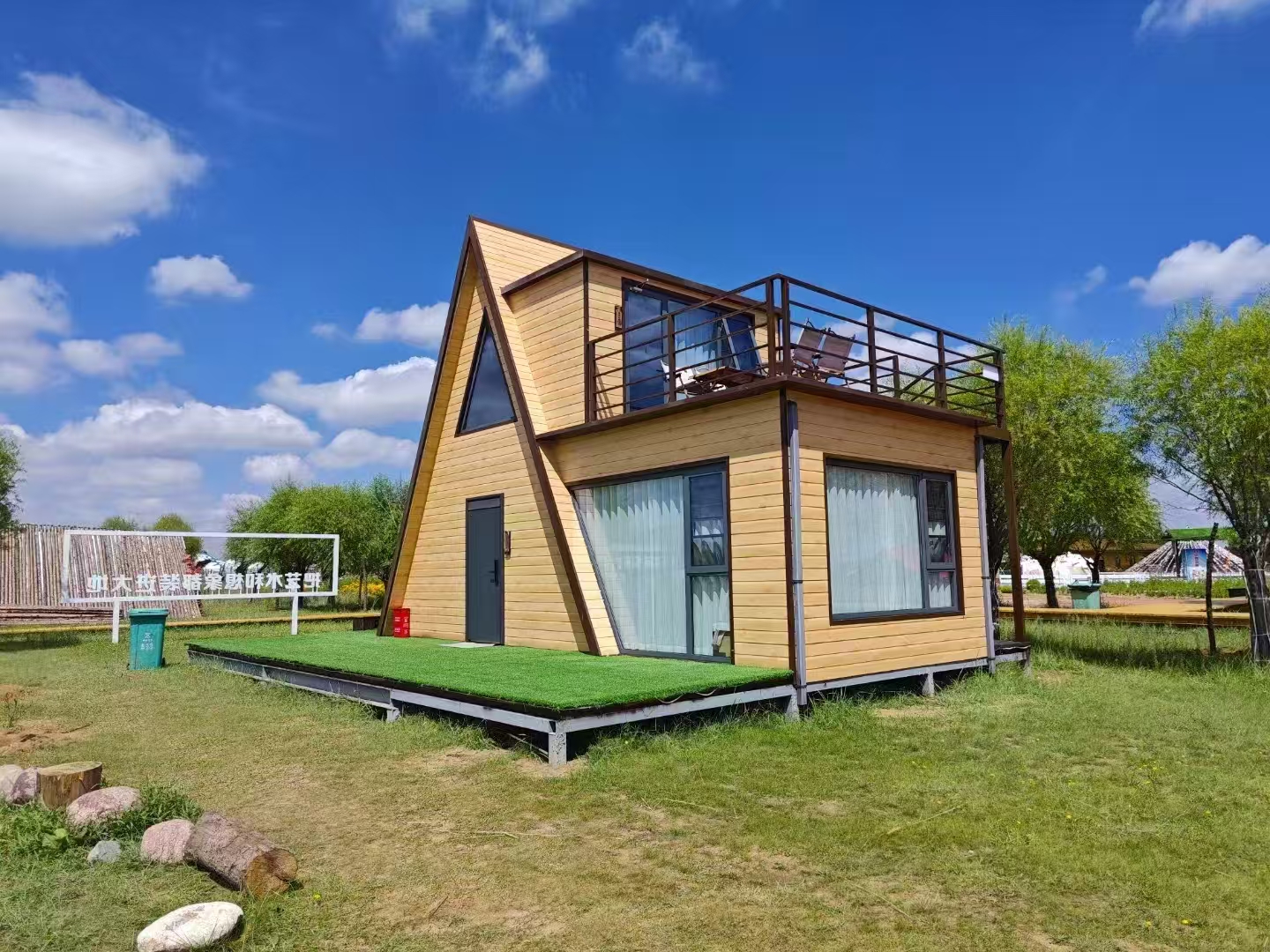Moisture Damage in Modular Homes: Prevention and Solutions Made Simple

Moisture damage can silently harm any home, including modular ones. But don’t worry—modern modular construction includes smart design features to keep your home dry. This guide breaks down why moisture happens, how to prevent it, and what to do if problems arise—all explained in plain English.
Why Do Modular Homes Get Moisture Issues?
Moisture problems usually come from three sources:
-
Outside Water: Rain leaks, poor drainage, or high humidity climates.
-
Indoor Humidity: Steam from showers, cooking, or laundry.
-
Material Weaknesses: Low-quality panels or untreated surfaces that absorb water.
Example:
If roof seals aren’t tight, water can seep into walls like a slow drip from a leaky faucet.
Moisture-Proofing 101: How Modular Homes Stay Dry
-
Vapor Barriers (The "Plastic Wrap" for Your Home):
-
A waterproof layer installed under floors and behind walls blocks outside moisture.
-
-
Water-Resistant Siding:
-
Fiber cement or metal panels repel rain 10x better than wood.
-
-
Smart Ventilation:
-
Install exhaust fans with humidity sensors (e.g., in bathrooms) to automatically remove damp air.
-
Easy Fixes for Humid Climates
Living in Florida or coastal areas? Try these tips:
✅ Raised Foundations: Elevate your home 12+ inches to avoid ground moisture (common in flood zones).
✅ Sloped Landscaping: Grade soil away from the house at a 5% angle to divert rainwater.
✅ Gutter Maintenance: Clean gutters twice a year to prevent overflow near walls.
What If Moisture Already Happened?
For Minor Mold :
-
Scrub mold with bleach-water mix (1:10 ratio).
-
Run a dehumidifier for 48 hours.
For Major Leaks :
-
Locate the source (check roofs, windows, or plumbing).
-
Replace damaged panels and reseal joints.
-
Apply mold-resistant paint to prevent regrowth.
Real-World Success: A Beach House in Florida
A 2020 modular home faced constant saltwater spray and humidity. The owner:
-
Installed extended roof overhangs.
-
Upgraded to PVC wall panels.
-
Added a smart humidity monitor that triggers fans when levels rise.
Result: Zero mold after 3 years—saving 50% vs. traditional home repairs.
Budget-Friendly Moisture Fighters
-
Silica Gel Packs: Tuck them in closets.
-
Waterproof Caulk: Seal window gaps annually.
-
Moisture Meters: Check walls for hidden dampness .
What NOT to Do
❌ Avoid Cheap Drywall: Use "green board" moisture-resistant drywall instead.
❌ Don’t Ignore Small Leaks: A tiny drip today can mean rotten walls tomorrow.
❌ Skip Carpet in Bathrooms: Choose tile or waterproof vinyl flooring.
Conclusion
Modular homes can stay bone-dry with simple upgrades like vapor barriers, proper ventilation, and routine checks. Think of moisture control like brushing your teeth—small, consistent efforts prevent big problems later!

